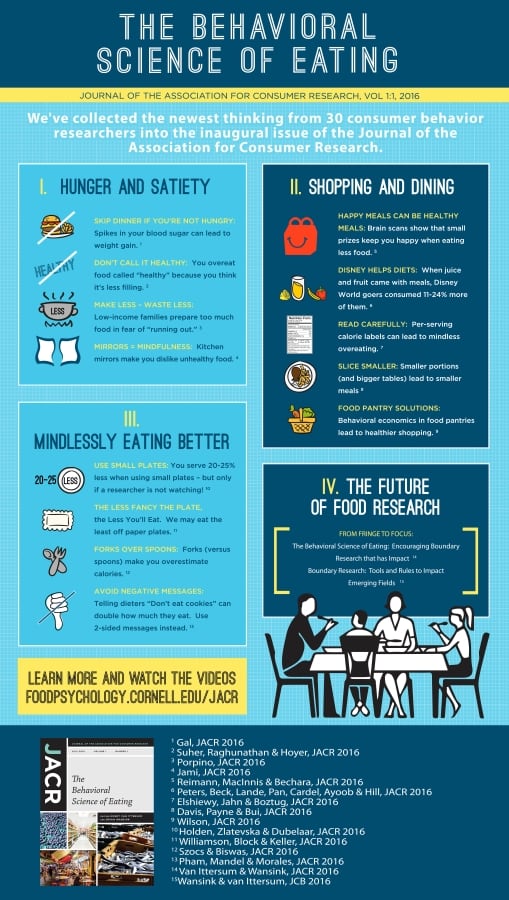The researchers found that shoppers bought more yoghurt when the recommended serving size was smaller. This may have few consequences as a relatively healthy food but may be cause for concern with snacks like chocolate bars.
Writing in the first edition of the Journal of the Association for Consumer Research, the researchers recorded millions of food purchases in European supermarkets before and after the introduction of a front-of-pack nutrition label.

The data collected was spread over two years and covered 61 products from the healthy (yoghurt) to the unhealthy (cookies) category.
“When the serving becomes smaller this will decrease the nutritional values on the label,” lead author Dr. Ossama Elshiewy from the University of Goettingen explained to us. “If you ignore this fact you might compare calorie information that is not comparable.”
“People might infer that these products are healthier,” co-author Dr Steffen Jahn, also from the University of Goettingen added. “So next time take care and check the recommended serving size on the label. This will prevent you from understanding nutrition content and make your purchases healthier.”
Portion sizes of many foods have increased over the last 30 years with concern that this may be one factor that has contributed to obesity rates. Portion sizes are among a number of factors that influence the purchase of a food product, with packaging, labelling, advertising, and the unit size of equal importance.
While the blame has been firmly placed on the food industry’s doorstep, consumers themselves have resisted the introduction of smaller portion sizes, with value for money an important motivator.
In the U.S, the Food and Drug Administration (FDA) is keen to update the Nutrition Facts Panel (NFP) on packaged foods to improve understanding and recently took steps to recommend a uniform, front-of-package (FOP) labelling system that the food and beverage industries could take on.
In addition, as part of the 2010 Patient Protection and Affordable Care Act a menu labelling mandate was added that would require chain restaurants to provide calorie information on restaurant menus at the point-of-purchase.
Source: The Journal of the Association for Consumer Research, Vol 1:1 2016
“Seduced by the Label: How the Recommended Serving Size on Nutrition Labels Affects Food Sales.”
Authors: Elshiewy, Ossama, Steffen Jahn and Yasemin Boztug
